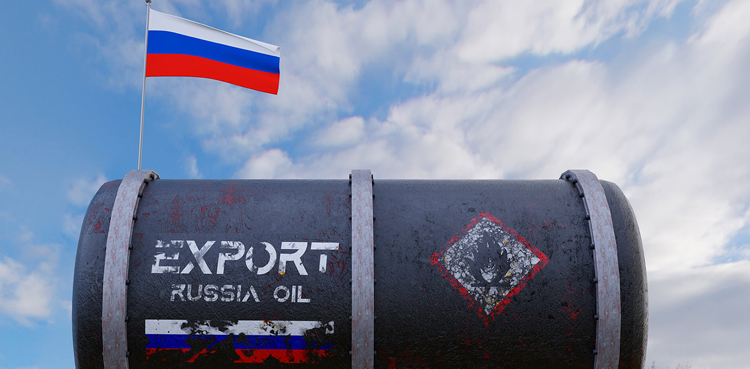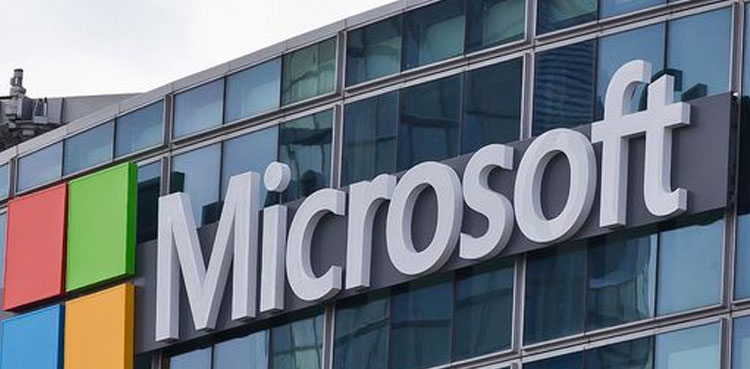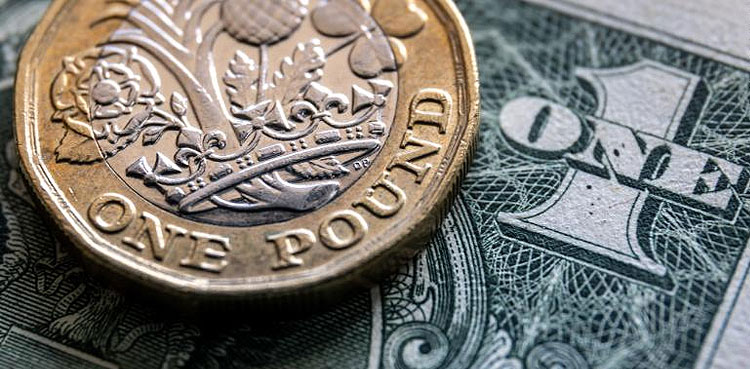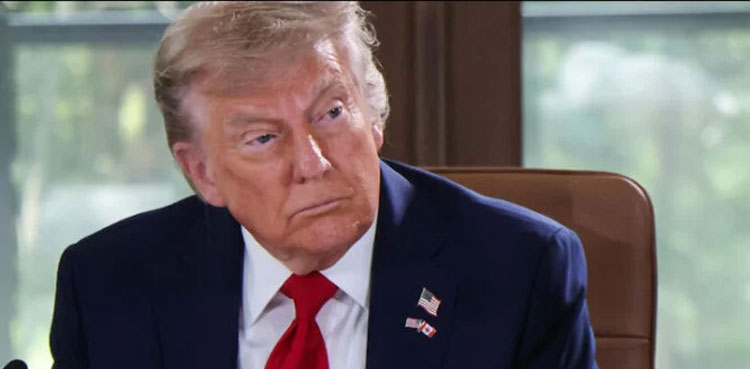PARIS/BERLIN, July 30: Boris Rehlinger may not turn heads on the streets of Paris, but his voice is instantly recognisable to millions of French filmgoers. As the French voice of Ben Affleck, Joaquin Phoenix, and even Puss in Boots, Rehlinger is a star behind the scenes — and now he is fighting to keep his craft alive in the age of AI.
“I feel threatened even though my voice hasn’t been replaced by AI yet,” the actor, who is part of a French initiative, TouchePasMaVF, to protect human-created dubbing from artificial intelligence, told Reuters.
He said there was a team of professionals, including actors, translators, production directors, dialogue adapters and sound engineers, to ensure audiences barely notice that the actor on screen is speaking a different language than they hear.
The rise of global streaming platforms such as Netflix, which relies heavily on dubbing to make global hits such as “Squid Game” and “Lupin”, has amplified demand.
Consumer research firm GWI says 43% of viewers in Germany, France, Italy and Britain prefer dubbed content over subtitles.
The market is expected to grow to $4.3 billion in 2025, reaching $7.6 billion by 2033, according to Business Research Insights.
That growth could also amplify demand for the so-far nascent technology-based solutions, with platforms competing for subscribers and revenue, and seeking to win over advertisers from their rivals by emphasising their increasing reach.
But as AI-generated voices become more sophisticated and cost-effective, voice actor industry associations across Europe are calling on the EU to tighten regulations to protect quality, jobs and artists’ back catalogues from being used to create future dubbed work.
“We need legislation: Just as after the car, which replaced the horse-drawn carriage, we need a highway code,” Rehlinger said.
Worries over technology in the movie industry and whether it will replace the work of humans are not new. AI has been a flashpoint in Hollywood since the labour unrest of 2023, which resulted in new guidelines for the use of the technology.
Netflix co-CEO Ted Sarandos said this month that the company used generative AI to produce visual effects for the first time on screen in the original series “El Eternauta (The Eternaut)”.
It has also tested GenAI to synchronise actors’ lip movements with dubbed dialogue to improve the viewing experience, according to three sources familiar with the work.
These experiments rely on local voice actors to deliver the lines, rather than use AI to synthetically translate the on-screen performer’s voice into another language.
Such a use of AI for dubbing is permitted under the new SAG-AFTRA actors’ union contract, which covers voice-over dubbing from foreign languages into English. It also requires that the actor rendering the dubbing service be paid.
Netflix declined to comment on its use of AI in dubbing when asked by Reuters.
INTELLECTUAL PROPERTY
Such test-runs by an industry giant will do little to allay the fears of dubbing actors.
In Germany, 12 well-known dubbing actors went viral on TikTok in March, garnering 8.7 million views, for their campaign saying “Let’s protect artistic, not artificial, intelligence”.
A petition from the VDS voice actors’ association calling on German and EU lawmakers to push AI companies to obtain explicit consent when training the technology on artists’ voices and fairly compensate them, as well as transparently label AI-generated content, gained more than 75,500 signatures.
When intellectual property is no longer protected, no one will produce anything anymore “because they think ‘tomorrow it will be stolen from me anyway’,” said Cedric Cavatore, a VDS member who has dubbed films and video games including the PlayStation game “Final Fantasy VII Remake”.
VDS collaborates with United Voice Artists, a global network of over 20,000 voice actors advocating for ethical AI use and fair contracts.
In the United States, Hollywood video game voice and motion capture actors this month signed a new contract with video game studios focused on AI that SAG-AFTRA said represented important progress on protections against the tech.
STUDIOS EXPERIMENT
Some studios are already cautiously exploring AI.
Eberhard Weckerle, managing director of the Neue Tonfilm Muenchen studio, hopes AI and human dubbing can one day coexist.
“The fear is that AI will be used to make something as cheap as possible and then people will say, ‘Okay, I’ll accept that I’ll have poorer quality’. And that would actually be the worst thing that could happen to us,” said the sound engineer whose studio worked on the German version of “Conclave” and is currently dubbing Guy Ritchie’s new film.
Earlier this year, the German-dubbed version of streaming service Viaplay’s Polish crime series “Murderesses” was removed after criticism from viewers about the monotony of its AI-generated dialogue.
The streamer had decided to look into alternative dubbing options due to how prohibitively expensive going through the traditional channels can be in Germany.
The hybrid dubbing, created with Israeli startup DeepDub, used a mix of human and AI voices. DeepDub did not respond to an emailed request for comment.
“We’ll continue offering subtitles and reserve dubbing for select content,” said Vanda Rapti, the executive vice president of ViaPlay Group, ViaPlay Select & Content distribution.
Despite the disquiet over that series, other potential viewers seem more sanguine.
According to GWI, nearly half of viewers said their opinion would not change if they learned that the content they liked was generated by AI.
Some 25% said they would like it slightly less, and only 3% said they would like it much more.
‘INTEREST IS HUGE’
Stefan Sporn, CEO of Audio Innovation Lab, which used AI to dub the Cannes Film Festival entry “Black Dog” from Chinese to German, believes AI will reshape, but not replace, voice work.
Humans will always be needed for emotion, scripting, and language nuance, he said, “just not to the same extent”.
Audio Innovation Lab’s technology alters the original actor’s voice to match the target language, aiming for authenticity and efficiency.
“Interest is huge,” said Sporn, adding that producers, studios and advertisers all want to know how well it works.
Another startup, Flawless AI, bills itself as an ethical AI company that works with local voice actors and uses its technology to match the on-screen actor’s lip movements to the different languages.
“When AI technologies are used in the right way, they are a silver bullet to change how we can film-make in a new way,” co-CEO Scott Mann said.









